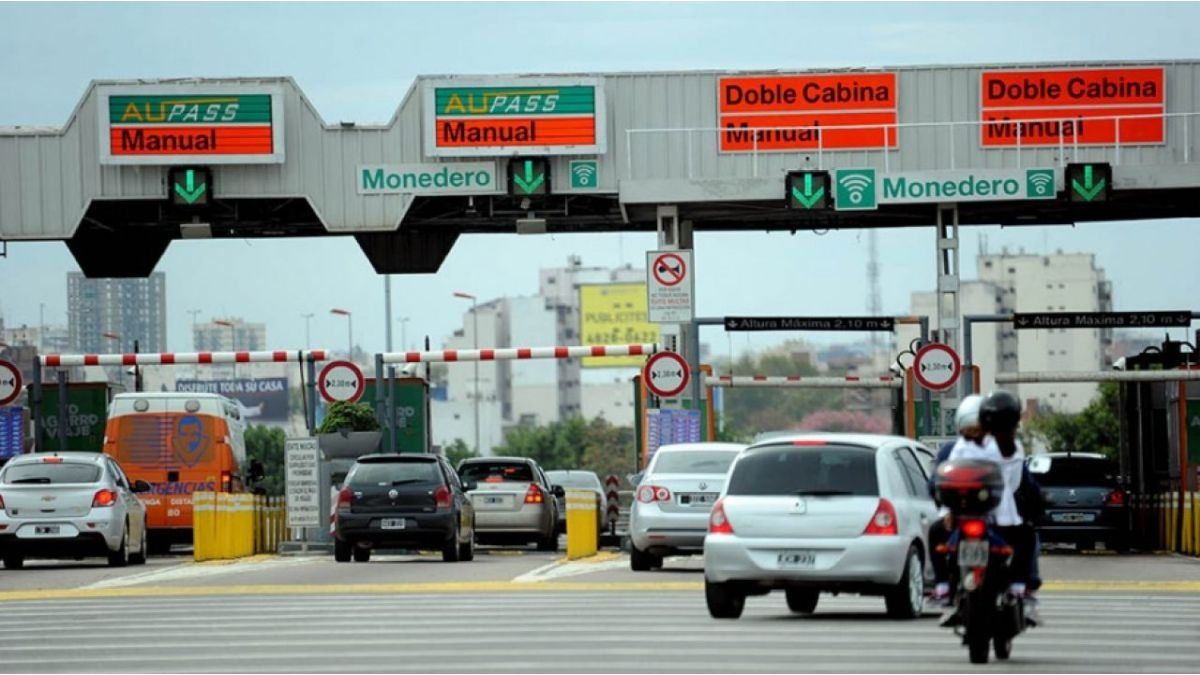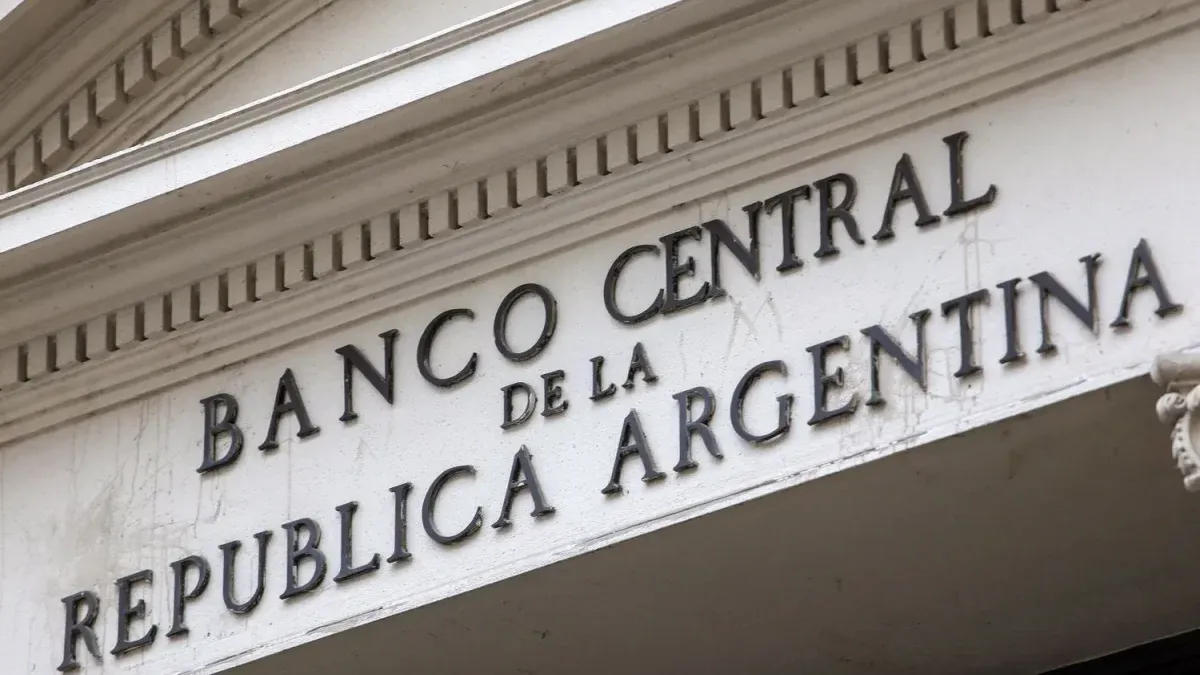The Argentine beef business, in the context of the deep drought that complicates the activity, presents lights and shadows. is that while exports grow in volumeencouraged by the strong demand from China, there is also evidence of a year-on-year drop in international prices of around 20%. A situation that does not allow the increase in the income of foreign currency in the sector, in the midst of the tensions that the internal market presents with prices that are still below general inflation and a depressed demand.
According to INDEC data, a total of 73,000 tons of bone-in beef equivalents were exported last February, a volume similar to that registered in January, which had also been high for the time of year.
In this context, from the Rosario Livestock Market (Rosgan) they explain: “Usually the first two months of the year are not periods of high level of shipments for Argentina. This responds to the high concentration of sales to China, a country that during this time is not usually very active in the market as a result of the commercial impasse that is generated during the Lunar New Year festivities, which take place between mid-January and early January. February of each year. However, this year China continued to buy at a very sustained pace for both months.”
And they detail: “The output data from Argentina show purchases of some 55,000 tons per month, 22% more than what was registered on the same date last year. In this sense, the outbreak of African Swine Fever (ASF) in mid-2018 somewhat accelerated the diet change that had been developing very slowly, due to the need to immediately cover the lack of pork with other sources of animal protein. Thus, beef registered significant growth in its per capita consumption, going from 5.5 to about 7.5 kg/inhab/year in the last five years, with an increasingly marked preference for the incorporation of higher quality cuts” .
So far the reason for the increase in the exported quantities of beef is understood, but what worries the sector is that the profitability of exports continues to fall as a result of lower international values. In this context, the Consortium of Argentine Meat Exporters (ABC) highlights: “The average export price of refrigerated and frozen beef was US$4,102 per ton in February 2023. This value is 0.2% higher than that obtained in last January; and 28% lower than the average price for February 2022, which had been $5,694 per ton. In recent months, there has been a persistent downward trend in prices in the main destinations from May of last year onwards; and the average US$4,102 per ton obtained in the month of February is US$2,200 per ton below the maximum registered in the month of April”.
In turn, the Rosgan analysis elaborates: “The import figures corresponding to the first two months of the year released by the General Administration of Customs of that country show some 423,000 tons of beef, which represents an increase of 37% compared to of what was imported a year ago, affected at that time by the absence of Brazil due to the previous case of mad cow. However, in values, the US$5,300 average registered per ton imported last month marks a drop of 18% year-on-year, and more than 26% if we compare it with the US$7,100 per ton registered last July .
Meanwhile, the analysis of the Rosario Livestock Market is that going forward two scenarios open. In the immediate future, the re-entry of Brazil as the main supplier of beef added to the oversupply of domestic pork due to ASF, which would keep the widely supplied Chinese market, “generating unfavorable conditions for a recovery of valuesa scenario that, in the case of Argentina, becomes even heavier given the high supply of cows that the local industry continues to receive due to the dry season”.
However, towards the medium term and depending on the scope of these new outbreaks of the disease, as well as the magnitude of the pig sale, the Chinese market could once again suffer a slump in the supply of pork, especially when demand improves in the second half of the year.
“Although a priori it is not perceived as serious as in 2019 given the better hygiene and safety conditions in which it is currently produced, local analysts estimate that these new ASF outbreaks could reduce pork production by more than 10%, which which could mean a loss of more than 5 million tons of pork. If this happens, the market will once again be forced to make up for this shortage with greater imports of meat, including beef, with the consequent appreciation of values. For our country, the irruption of the PPA in 2019 implied an increase in Chinese purchases of 70% compared to the volumes that it had been buying up to 2018 and an increase in prices of more than 20% in the annual average, reaching towards the end of that year maximum values of US$5,500 per ton, as a monthly average. Currently, the average values of everything shipped to this destination are 40% below those brands”, they close from the Rosario Livestock Market.
Source: Ambito




